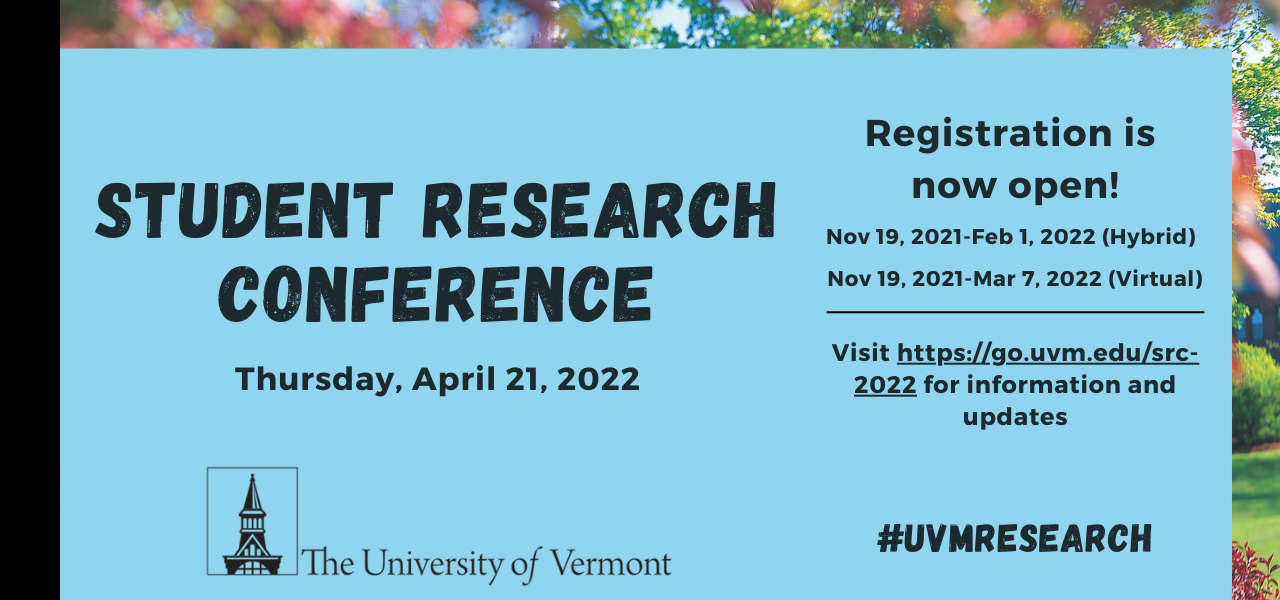Secondary Outcomes of a Remote Exercise Trial for Rural Older Cancer Survivors: Impact on Physical Activity and Sedentary Behavior
Conference Year
January 2022
Abstract
The purpose of this study was to examine changes in physical activity and sedentary behavior in rural, older cancer survivors after participating in a 16-week remote exercise program. Participants (71% female; mean age: 70.4±5.7) were randomly assigned to intervention (n=20) and waitlist control (n=19) groups. The remote exercise program included balance, strength, and aerobic exercise for one hour, 3 days/week. An accelerometer was used to assess secondary outcomes of physical activity metrics (e.g., moderate-to-vigorous physical activity, step intensity, sedentary time) at baseline and immediately post-treatment. The linear mixed model was conducted to examine group by time differences.
Primary Faculty Mentor Name
Nancy M. Gell
Faculty/Staff Collaborators
Elizabeth Harding
Student Collaborators
Jacqueline Caefer
Status
Graduate
Student College
College of Nursing and Health Sciences
Program/Major
Human Functioning and Rehabilitation Science
Primary Research Category
Health Sciences
Secondary Outcomes of a Remote Exercise Trial for Rural Older Cancer Survivors: Impact on Physical Activity and Sedentary Behavior
The purpose of this study was to examine changes in physical activity and sedentary behavior in rural, older cancer survivors after participating in a 16-week remote exercise program. Participants (71% female; mean age: 70.4±5.7) were randomly assigned to intervention (n=20) and waitlist control (n=19) groups. The remote exercise program included balance, strength, and aerobic exercise for one hour, 3 days/week. An accelerometer was used to assess secondary outcomes of physical activity metrics (e.g., moderate-to-vigorous physical activity, step intensity, sedentary time) at baseline and immediately post-treatment. The linear mixed model was conducted to examine group by time differences.


